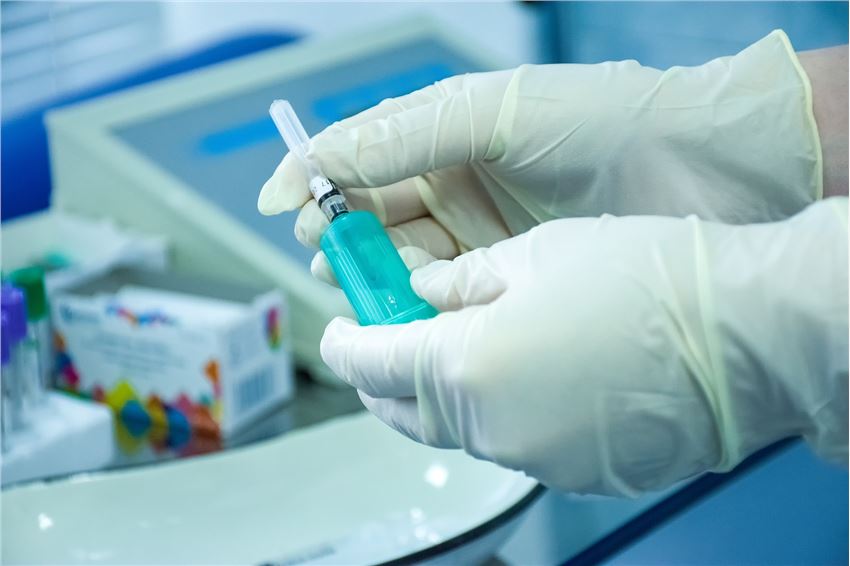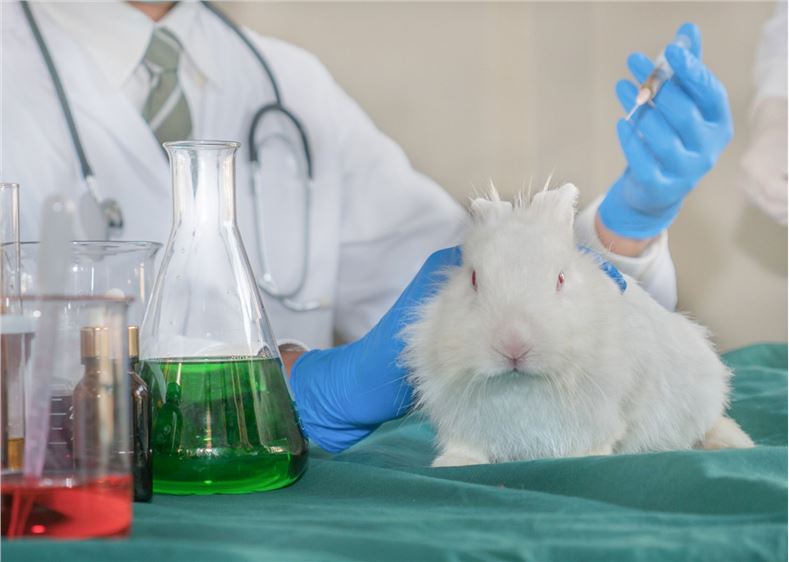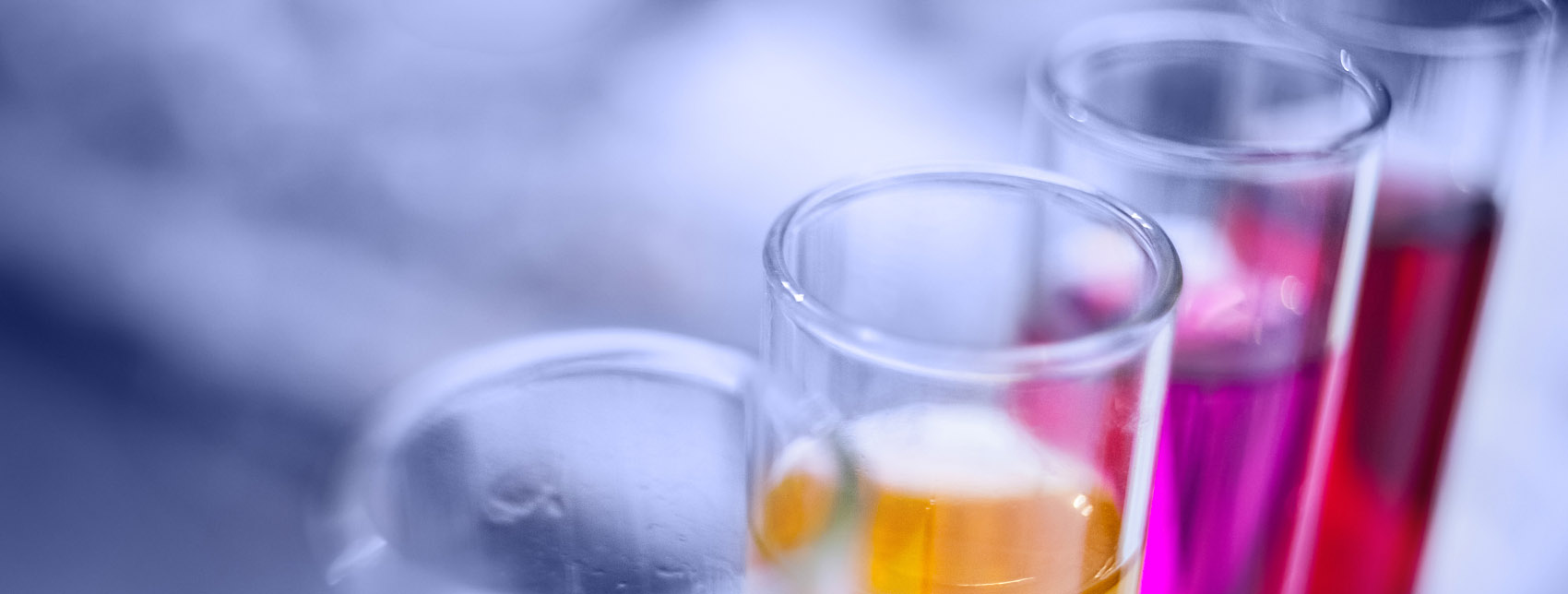After animals use veterinary drugs, the drugs enter the ecological environment as prototypes or metabolites through feces, urine and other excreta, which may cause accumulation or residues of veterinary drugs in environmental soil, surface water bodies, plants and animals.
Our company provides customers with veterinary drug safety evaluation solutions, which will systematically and deeply carry out research on the ecological impact of veterinary drugs on the environment, safety monitoring and risk assessment, and play an important role in promoting the establishment and improvement of veterinary drug safety evaluation systems and regulations.

The following are important elements of our solutions for veterinary drug safety evaluation.
Single-Dose Toxicity Test Phase (Acute Toxicity Test)
This test service mainly evaluates the toxic effects of veterinary drugs on organisms after exposure by different routes under single contamination, including systemic and local toxic effects.
- Determination of LD50 by oral route (Acute Oral Toxicity Test).
- Determination of LD50 by inhalation route (Acute Inhalation Toxicity Test).
- Determination of LD50 by dermal route (Acute Dermal Toxicity Test).
- Skin irritation test: To examine the local skin irritation reaction of veterinary drugs through dermal injection or transdermal administration. We recommend this test for injectables and transdermal absorption preparations (Acute Skin Irritation and Corrosiveness Test).
- Conjunctival irritation test: To examine the local irritation of the conjunctiva of the eye when veterinary drugs are administered through the conjunctiva of the eye. We recommend that direct ophthalmic, aerosol and volatile formulations undergo this test (Acute Eye Irritation and Corrosiveness Test).
- Muscle irritation test: To examine the irritation reaction of veterinary drugs to local muscles through intramuscular injection. We recommend that preparations for intramuscular injection be subjected to this test.
- Mucosal irritation test: To examine the local irritation reaction of veterinary drugs to the vaginal and uterine mucosa when administered through the vagina and uterus. We recommend that the test be performed for in-utero injections.
- Hemolysis test: To examine the toxic effects of veterinary drugs on blood cells after administration through intravenous injection. General intravenous injection preparations must be carried out for this test.

Subchronic Toxicity Test Phase
- Subchronic toxicity test: This test examines the systemic toxic effects of veterinary drugs on experimental animals when administered at multiple doses, generally by the gavage route in rats at Our company. We recommend that all APIs undergo this test (Subchronic Toxicity Test).
- Accumulation toxicity assay: We recommend this test for formulations administered multiple times (Short-term Repeated Dose Oral Toxicity Test, Short-term Repeated Dose Dermal Toxicity Test, Short-term Repeated Dose Inhalation Toxicity Test).
Mutagenesis Test Phase
Our company offers the Ames test (Bacterial Revertant Mutation Test) for the detection of mutations in veterinary drugs. In addition, we offer a mouse cell micronucleus test (In vivo Mammalian Erythrocyte Micronucleus Test), a testicular spermatogonial chromosome aberration analysis test (Mammalian Spermatogonial and Spermatocyte Chromosome Aberration Test), a mouse bone marrow cell chromosome aberration analysis test (In vitro Mammalian Cell Chromosome Aberration Test), and a dominant lethal test (Rodent Dominant Lethal Test).
We recommend that this phase of testing be mandatory for APIs.
Reproduction and Developmental Toxicity Test Phase
- Conventional Teratogenicity Test: We recommend that all APIs be subjected to this test (Teratogenicity Test).
- Reproductive toxicity test: APIs must be tested at this stage. For feed drug additives should also be added to the feeding reproductive toxicity test. A reproductive toxicity test is generally done for only one generation of reproductive toxicity, a positive generation should be done again when the second generation of reproductive toxicity (One-generation Reproductive Toxicity Test, Two-generation Reproductive Toxicity Test).
Chronic Toxicity Test Phase
- Chronic Toxicity Test: We recommend that this test must be performed for APIs used as pharmaceutical feed additives.
- Carcinogenicity Test: Depending on the 90-day toxicity test and mutagenicity results, it is generally not required. But the mutagenicity test has positive results, suspected carcinogenic effects, hormones or hormone-like, to do the immunomodulators used in the API must be tested (Chronic Toxicity and Carcinogenicity Combination Test).
For more information, please feel free to contact us.
Related Services
It should be noted that our service is only used for research, not for clinical use.


